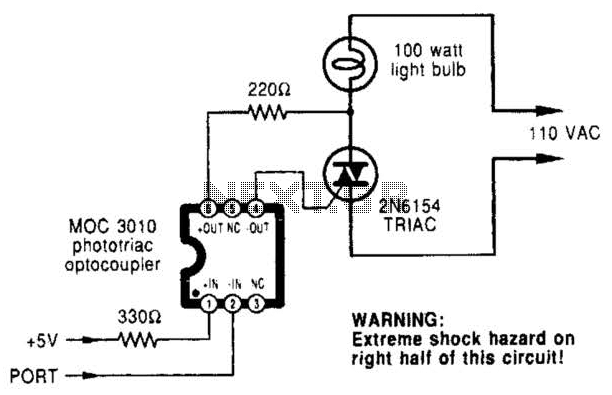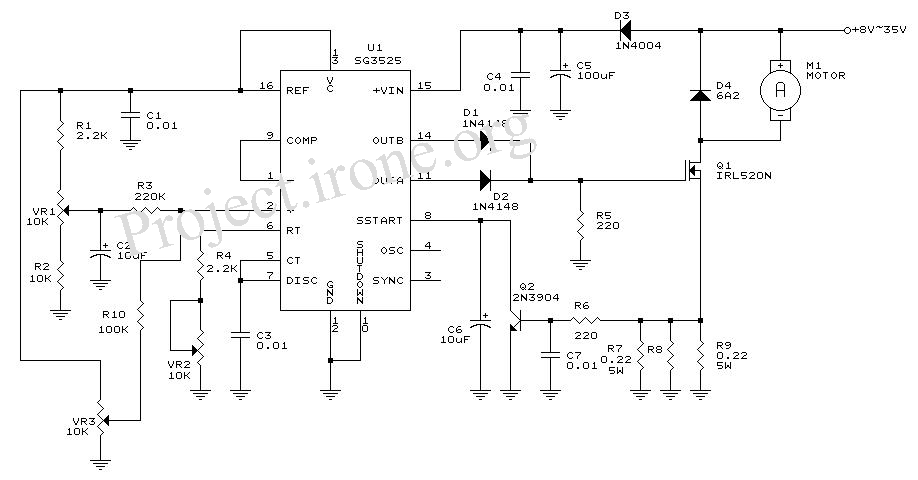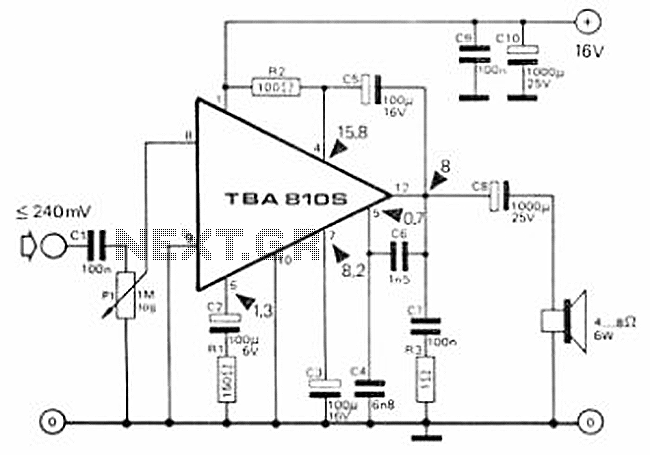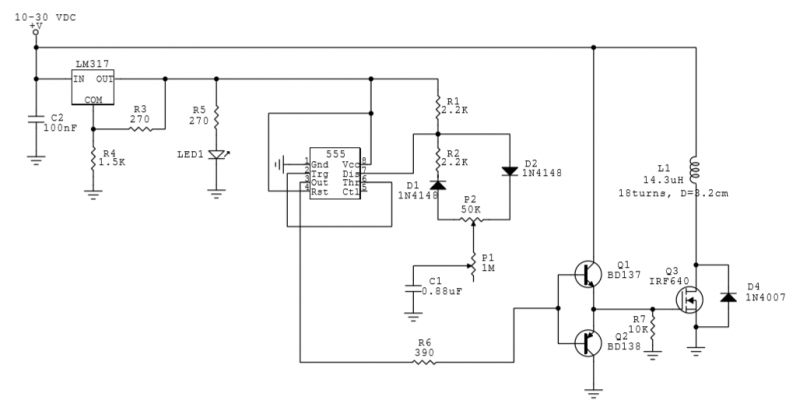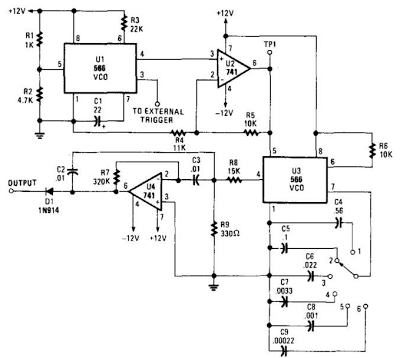
5 Band Graphic Equalizer circuit
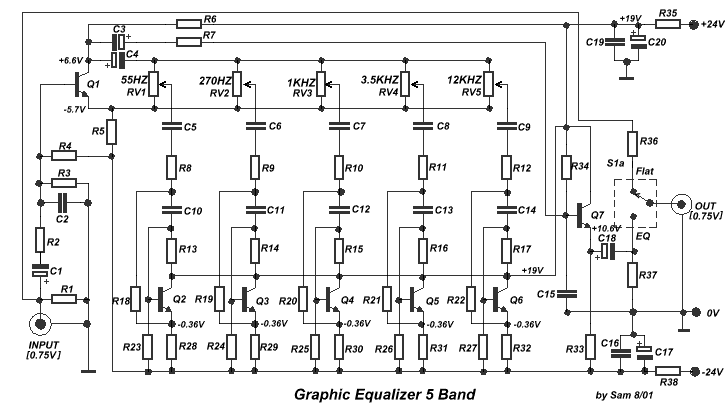
Another unit of graphic equalizer with five bands. The primary distinction from other circuits is the use of transistors instead of integrated circuits (ICs), and the power supply operates at +/- 24V DC, which ensures low distortion and greater overload margins. A switch (S1) allows for isolation of the equalizer, enabling the musical signal to pass without any alteration.
The described graphic equalizer circuit utilizes five frequency bands to adjust the tonal quality of audio signals. The selection of transistors over integrated circuits is significant, as transistors can offer enhanced performance characteristics, such as lower distortion levels and improved dynamic range. By operating at a power supply voltage of +/- 24V DC, the circuit is capable of handling higher signal levels without distortion, which is crucial for professional audio applications where fidelity is paramount.
The inclusion of switch S1 provides functional versatility, allowing the user to bypass the equalizer section when desired. This feature is particularly useful for situations where a pure audio signal is required, enabling the signal to pass through the circuit without any modifications.
In terms of design, the five-band equalizer typically consists of a series of band-pass filters, each tuned to a specific frequency range. These filters may be implemented using transistor-based amplifiers configured to adjust gain levels for their respective bands. The output of each filter can be mixed back together to produce a composite audio signal that reflects the applied equalization.
To further enhance the performance of the equalizer, attention must be given to the layout of the circuit board, ensuring minimal noise interference and optimal signal integrity. Proper decoupling of the power supply lines and careful placement of components can significantly improve the overall performance of the circuit.
In summary, this graphic equalizer circuit represents an advanced approach to audio processing, utilizing transistor technology and a higher voltage power supply to achieve superior sound quality and flexibility in audio signal manipulation.Other one unit of graphic EQ. five bands. The basic difference with the other circuits is, that I use instead of IC, transistor and the power supply, go up in +/- 24V DC, ensuring low distortion and bigger margins of overloading. With switch S1, we can isolate the EQ. inside or except operation, leaving the musical signal to pass without no alteration.. 🔗 External reference
The described graphic equalizer circuit utilizes five frequency bands to adjust the tonal quality of audio signals. The selection of transistors over integrated circuits is significant, as transistors can offer enhanced performance characteristics, such as lower distortion levels and improved dynamic range. By operating at a power supply voltage of +/- 24V DC, the circuit is capable of handling higher signal levels without distortion, which is crucial for professional audio applications where fidelity is paramount.
The inclusion of switch S1 provides functional versatility, allowing the user to bypass the equalizer section when desired. This feature is particularly useful for situations where a pure audio signal is required, enabling the signal to pass through the circuit without any modifications.
In terms of design, the five-band equalizer typically consists of a series of band-pass filters, each tuned to a specific frequency range. These filters may be implemented using transistor-based amplifiers configured to adjust gain levels for their respective bands. The output of each filter can be mixed back together to produce a composite audio signal that reflects the applied equalization.
To further enhance the performance of the equalizer, attention must be given to the layout of the circuit board, ensuring minimal noise interference and optimal signal integrity. Proper decoupling of the power supply lines and careful placement of components can significantly improve the overall performance of the circuit.
In summary, this graphic equalizer circuit represents an advanced approach to audio processing, utilizing transistor technology and a higher voltage power supply to achieve superior sound quality and flexibility in audio signal manipulation.Other one unit of graphic EQ. five bands. The basic difference with the other circuits is, that I use instead of IC, transistor and the power supply, go up in +/- 24V DC, ensuring low distortion and bigger margins of overloading. With switch S1, we can isolate the EQ. inside or except operation, leaving the musical signal to pass without no alteration.. 🔗 External reference
